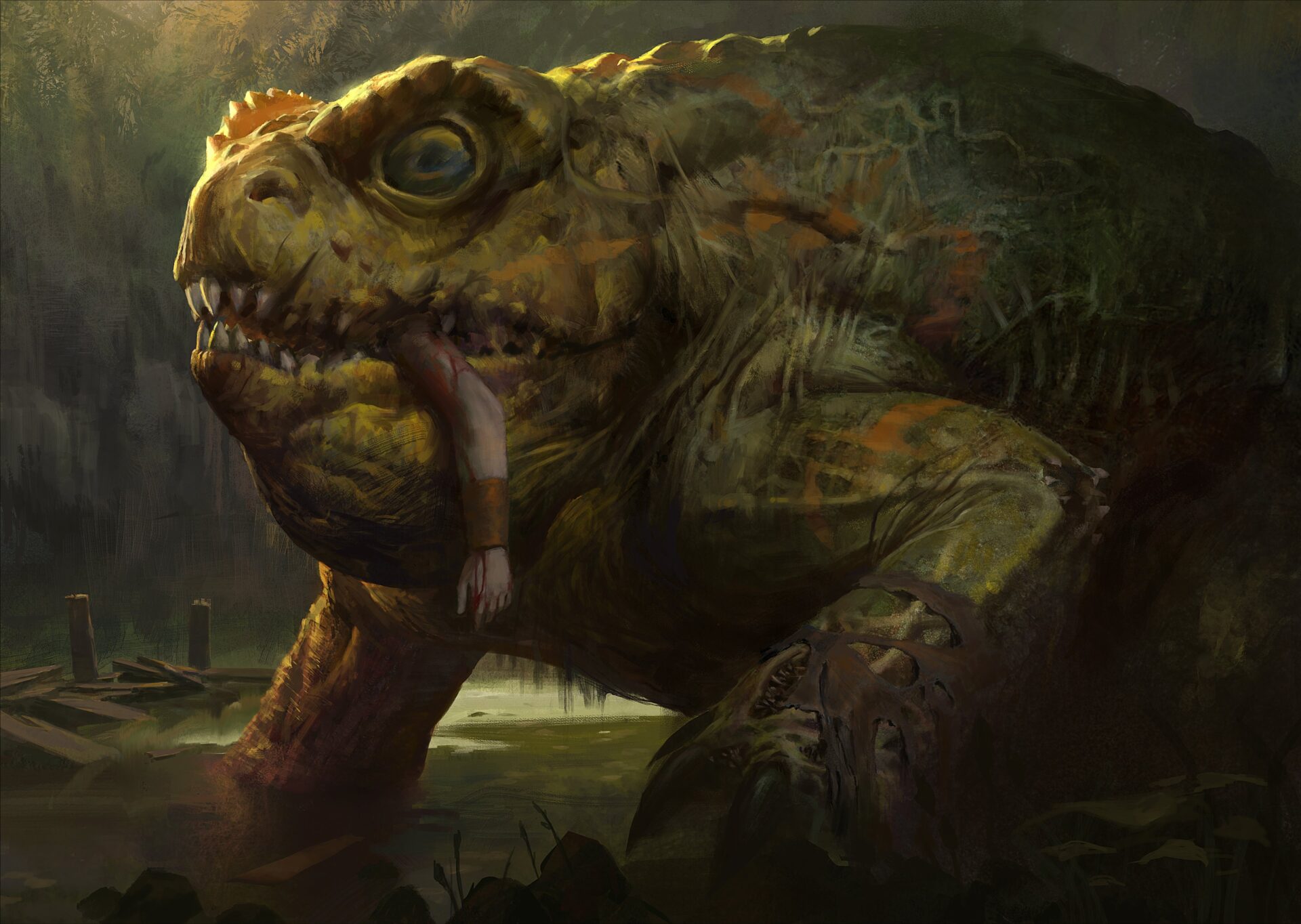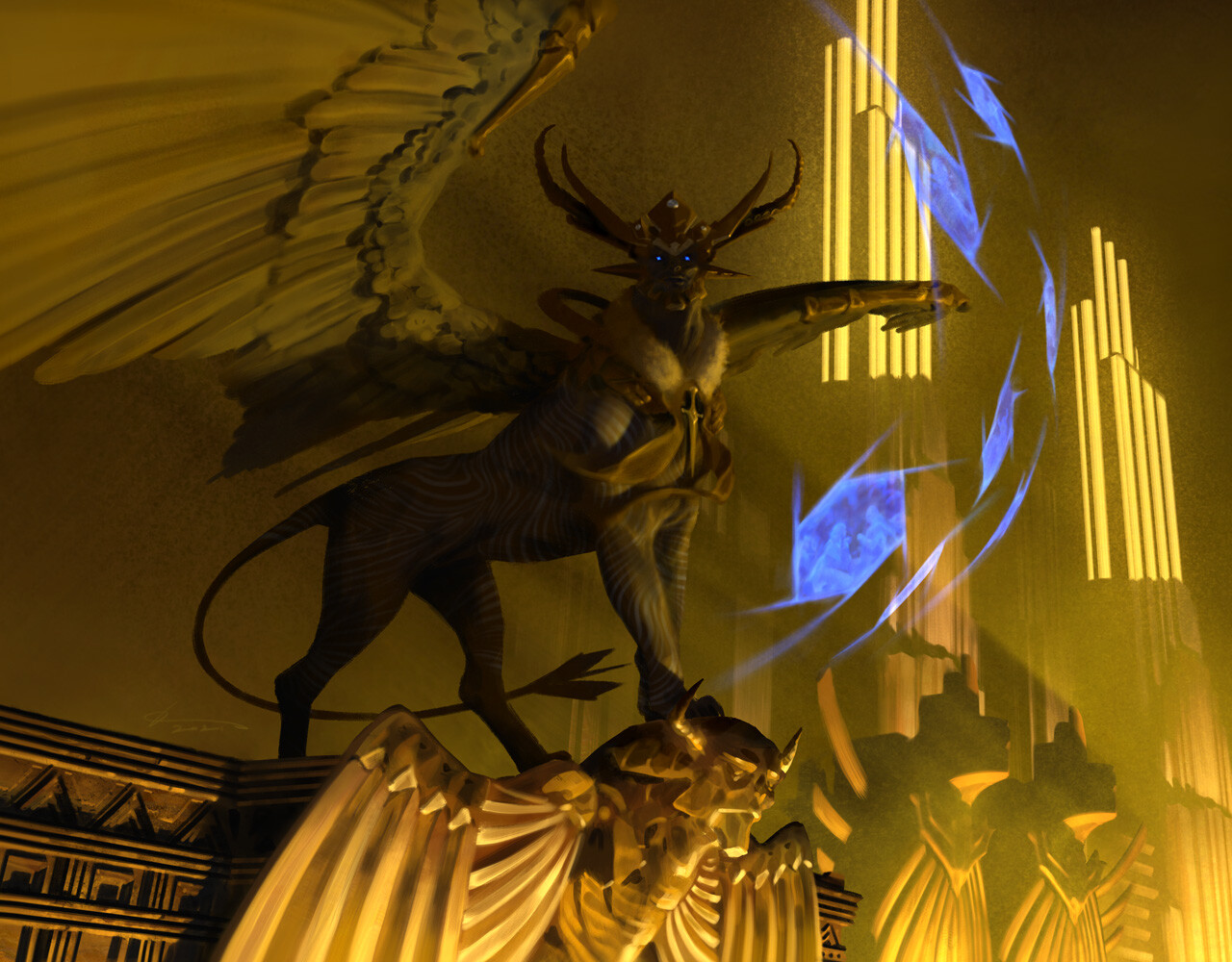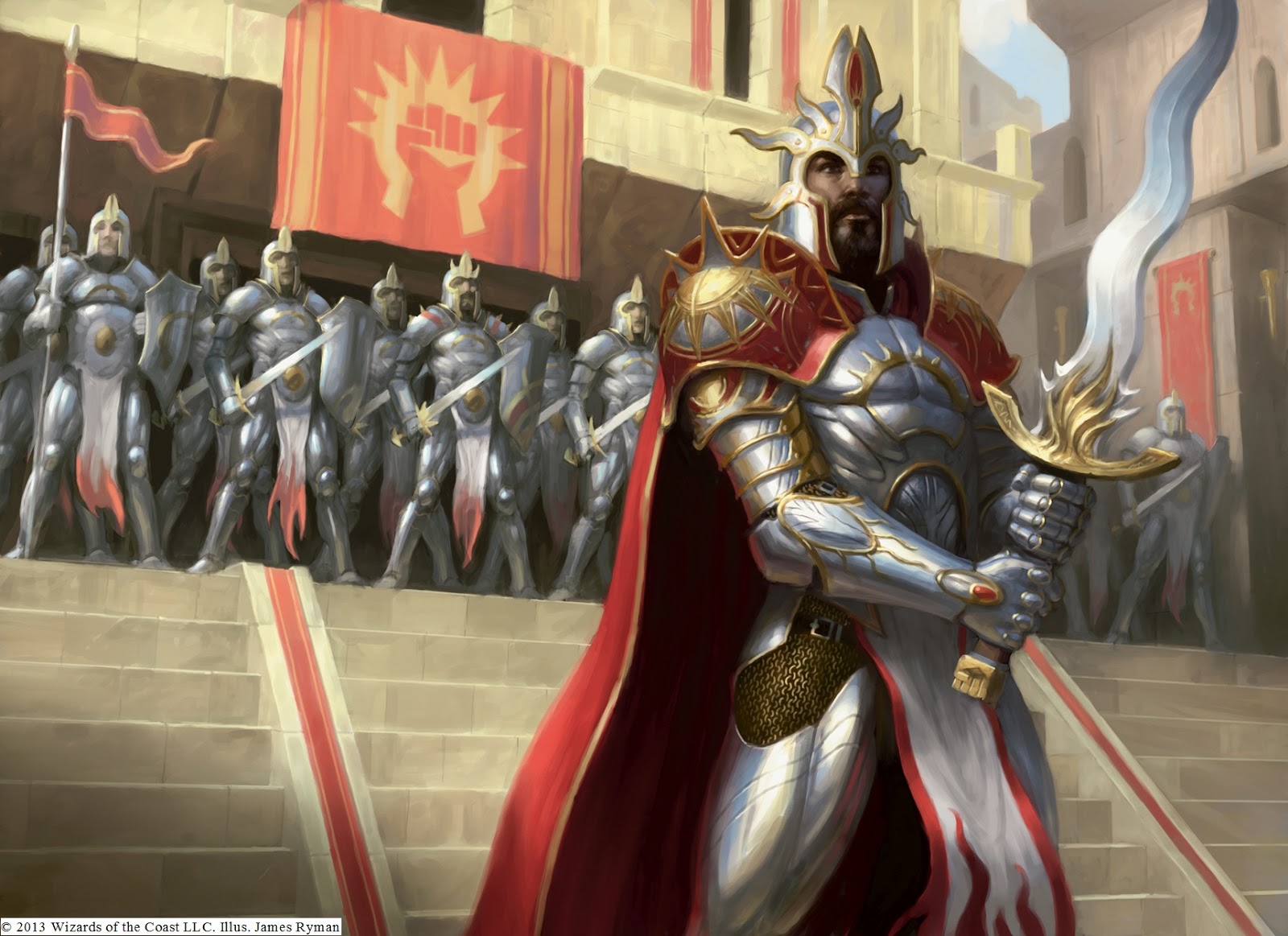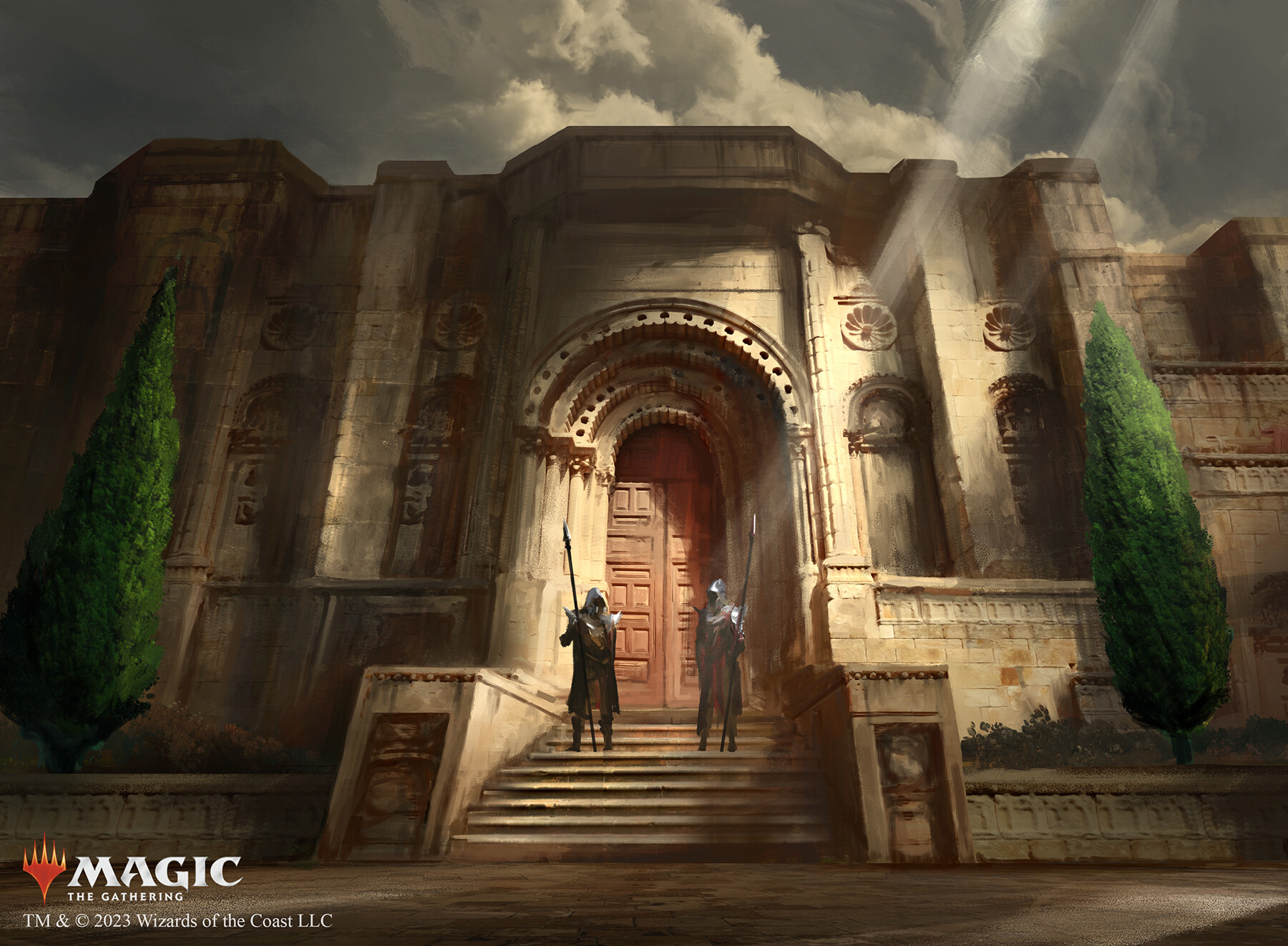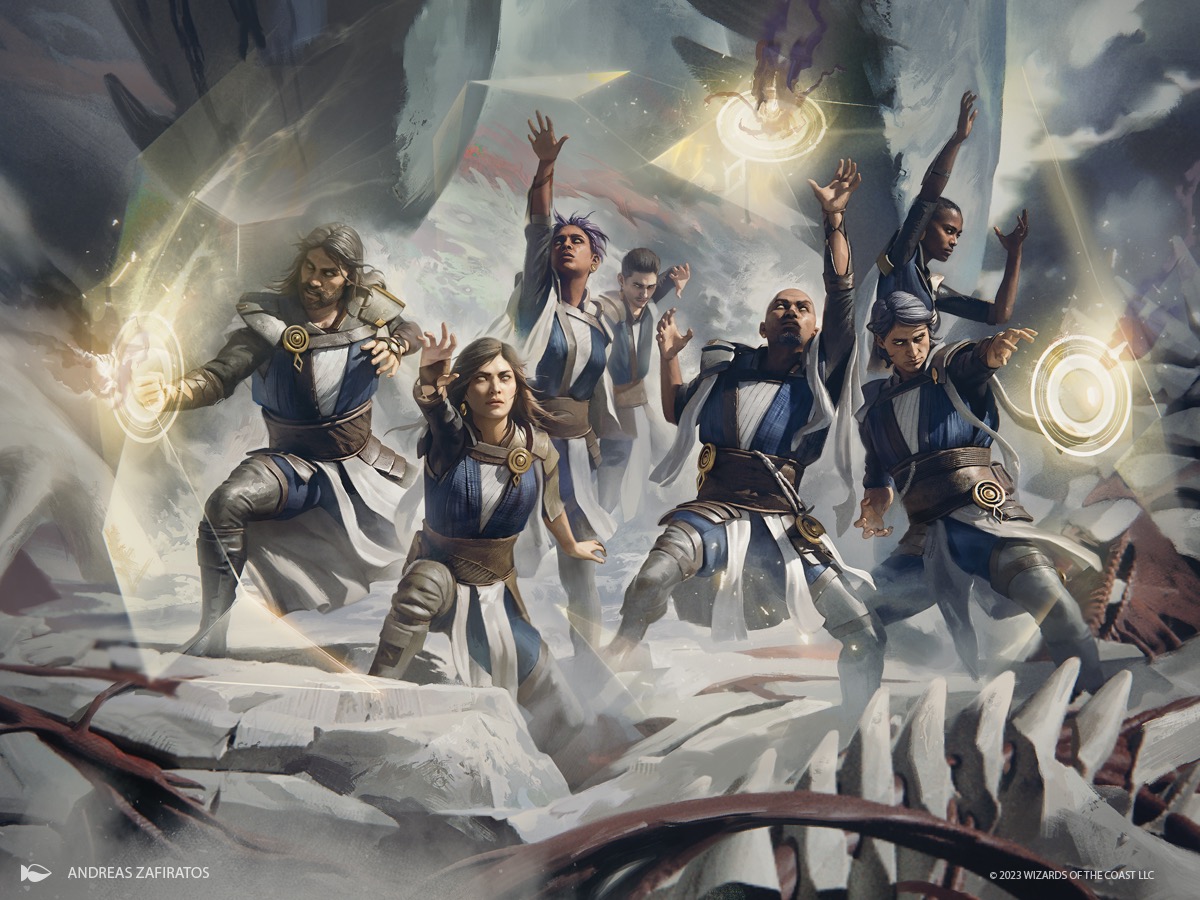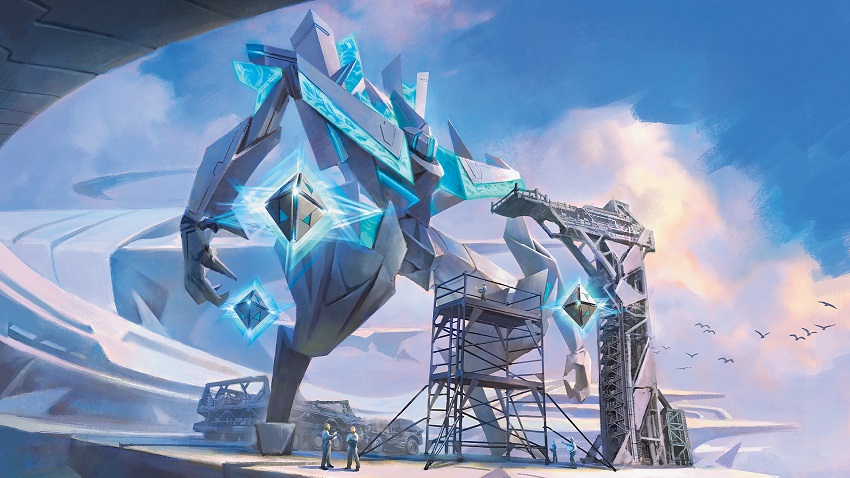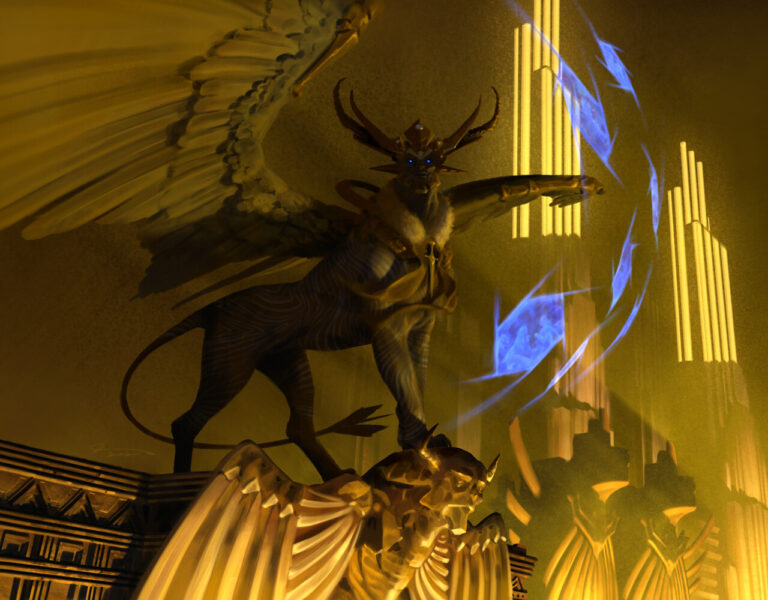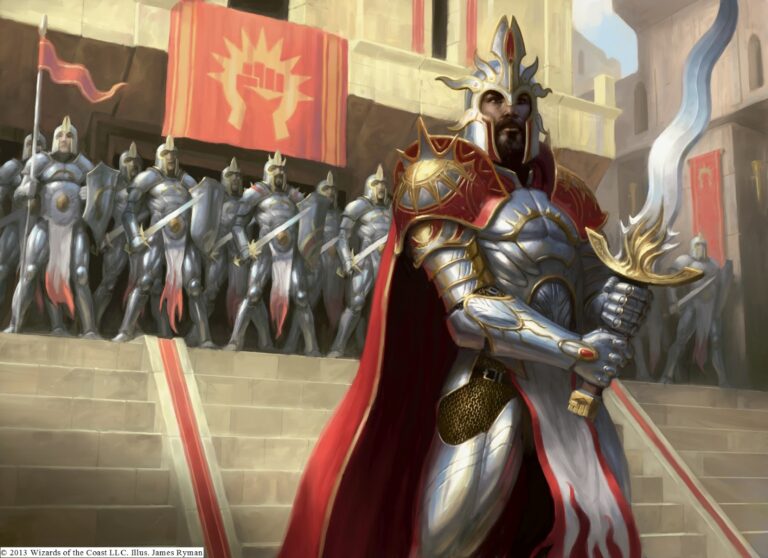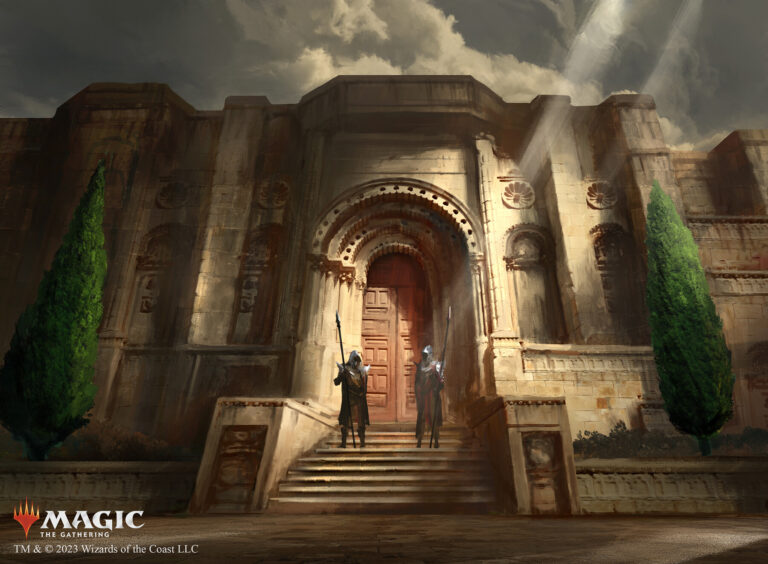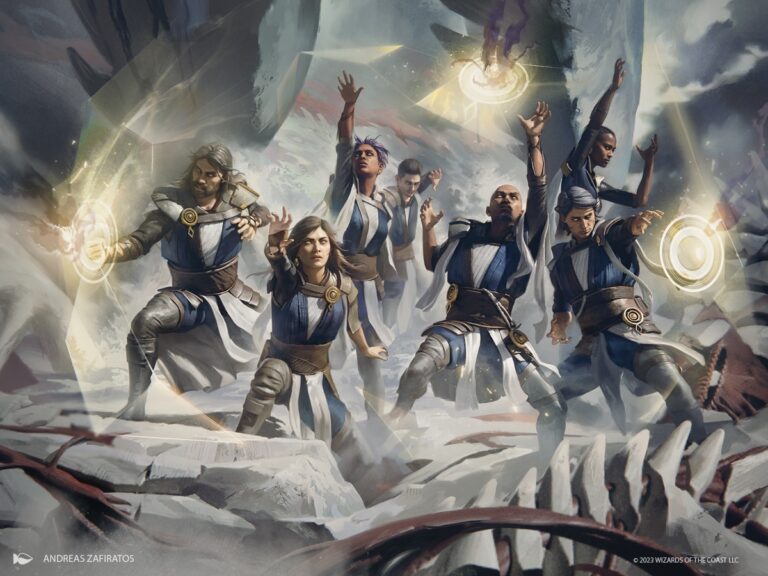Hello everyone, I’m Davide Contotti, a former Legacy player who happily switched to Centurion about a year and a half ago. Sythis was my first deck in this format, and it’s still my favorite today. I love underdog decks that can hold their own against tier 1 meta decks and have plenty of card interactions (though not so much with the stack, to put it mildly). You’ll find me on Moxfield as Davide_Contotti and you can check the list I currently use following this link.
Sythis, Harvest’s Hand, referred to as Sythis for simplicity, is a Selesnya commander heavily focused on enchantments. Its ability lets us gain a life and draw a card for every enchantment cast. The game plan involves stalling the opponent with lock pieces, then closing out the game with cards like Hallowed Haunting or Sigil of the Empty Throne, which allow us to build a substantial board quickly, or with various combos such as Heliod, Sun-Crowned + Walking Ballista or Squirrel Nest + Earthcraft.
Why should you play this deck?
I find this deck incredibly fun to play due to its wide array of enchantments. However, it might be less enjoyable for your opponents when they become helpless against the sheer number of spells cast in a single turn. Additionally, our strategy is not easily disrupted, making it effective against most of the current meta decks.
Why shouldn’t you play this deck?
I wouldn’t recommend this deck to complete beginners. Despite being less interactive on the stack, it has various lines of play and tutors/cards to call upon that require experience to maximize. Another drawback is the cost of some cards like Serra’s Sanctum and Earthcraft, which are mostly exclusive to this deck.
Deck structure
The creature section can be divided into subgroups: those that protect Sythis like Benevolent Bodyguard and Vigilant Martyr; those that provide advantage by mimicking our commander’s effect such as Argothian Enchantress and Setessan Champion; and those with synergistic effects like Destiny Spinner, which makes creatures and enchantments uncounterable (and serves as an alternate win condition), and Sanctum Weaver, which generates a considerable amount of mana for explosive turns.
As regards instants and sorceries, we have various land tutors like Crop Rotation and Sylvan Scrying to fetch key cards such as Serra’s Sanctum (the deck’s true turbo) or situational lands like Cavern of Souls or Hall of Heliod’s Generosity. We also have Enlightened Tutor, which tutors over half the deck, making its inclusion self-explanatory. Lastly, there are various instant-speed removals, crucial for quickly dealing with lethal threats like Hullbreacher.
Among the artifacts, we have The One Ring, which is highly abusable in a deck that easily recovers life, and Expedition Map for tutoring the aforementioned lands. Special mention goes to Disruptor Flute, a new addition that acts like a Swiss army knife. It can slow down the opponent’s plays and deal with annoying cards like Pernicious Deed, Blast Zone, troublesome planeswalkers, commanders, etc.
There’s not much to say about lands. The noteworthy lands are Serra’s Sanctum, for its ability to generate mana based on the number of enchantments, and Hall of Heliod’s Generosity, which is particularly strong in control matchups due to its recursion ability.
Enchantments
The deck includes a total of 44 enchantments. Analyzing each one individually would be too long, so I’ll explain the main subgroups.
Mana
This category includes enchantments that help ramp. I’ve included Earthcraft for its interesting synergies with enchanted basic lands and enchantment/creature tokens: each enchantment cast generates a token that can be tapped to untap the enchanted land. This creates a loop allowing you to play and create many pieces in a single turn.
Protection
This group consists of enchantments that protect both Sythis and other enchantments from threats, thanks to the global shroud effect of Greater Auramancy or Sterling Grove. These can be a double-edged sword as they prevent us from enchanting our creatures; in extreme cases, we can use the opponent’s creatures instead. Special mention goes to Flickering Ward, a key enchantment in the deck. Its ability to return to hand means it can be replayed potentially infinitely, creating card/life advantage (in combo with Sythis) or tokens via cards like Sigil of the Empty Throne. Flickering Ward also synergizes well with Serra’s Sanctum. For example, with 0 cards in hand, 6 enchantments on the field, and Flickering Ward topdecked, Serra’s Sanctum alone allows you to replay Flickering Ward three times, resulting in potentially 3 draws and/or 3 tokens each turn, becoming a significant problem for your opponent.
Graveyard
Rest in Peace and Ground Seal: your strongest weapons against various reanimator decks and against decks like Slimefoot and Squee that synergize heavily with the graveyard.
Prison
This section includes everything that slows down the opponent’s attacks and enchantments that can turn key pieces into mere 0/4s like Lignify. Note that Swift Reconfiguration can also serve as protection for Sythis in case of board wipes or targeted removal, thanks to its flash ability. Solitary Confinement is your most potent weapon alongside Parallax Wave, but it requires a draw engine to be sustainable (Sythis, Enchantress’s Presence, The One Ring, etc.) or Meticulous Excavation.
Draw
This group contains the draw engines of our deck. The only card needing specific explanation is Case of the Locked Hothouse. Despite its static ability to play an extra land each turn like Exploration, it’s not in the mana section because its real strength lies in its second ability, allowing us to play lands, creatures, and enchantments from the top. By bypassing the draw, it circumvents cards like Hullbreacher. This card is extremely strong in control matchups, generating an overwhelming number of threats. Knowing the opponent has cards like Farewell, Pernicious Deed, or similar effects, this card can be your salvation to regain control of the game. However, against aggro matchups, it’s slower, but flexibility and cards like this are necessary compromises.
Altro
These enchantments have unique effects that don’t fit into the other categories. Mana Bloom could fit under mana but isn’t a true accelerator; its purpose in most cases is to be played at 0 to return to hand the next turn and always be ready to generate card advantage. Mirri’s Guile is the little sister of Sylvan Library, and Strength of the Harvest serves as a finisher and can also be a land if needed. The star of this section is Meticulous Excavation, which has various applications in the deck. Its broad applicability allows for actions like bouncing Serra’s Sanctum to replay it (potentially twice with Exploration on the field) for mana ramp, returning enchantments that removed commander/tokens, playing The One Ring every turn for constant protection, bouncing Solitary Confinement during upkeep to draw during the draw phase, and creating specific combos with Parallax Wave (activating the latter and bouncing it with Meticulous Excavation results in permanently exiled creatures and Parallax Wave back in hand for reuse).
Synergies
1. Devoted Druid + Swift Reconfiguration[/c]
Generates infinite green mana. With Whip Silk and a draw engine on the field, you can draw your entire deck.
2. Nature Chosen + The One Ring
Allows you to activate the Ring one additional time during your turn and once more during your opponent’s turn.
3. Nature Chosen + Serra’s Sanctum
Generates a lot of white mana.
4. Nature Chosen + Sanctum Weaver
Produces a significant amount of mana of any color.
5. Nature Chosen + Sanctum Weaver + Meticulous Excavation
You can bounce Nature Chosen and re-equip it to Sanctum Weaver to generate infinite mana if you have enough enchantments in play.
6. The One Ring + Meticulous Excavation
Allows you to replay the Ring each turn for consistent protection.
7. Solitary Confinement + Meticulous Excavation
If you’re having trouble keeping Solitary Confinement on the battlefield, you can use Meticulous Excavation to bounce it during your upkeep, draw a card, and then replay it.
8. Parallax Wave + Meticulous Excavation
If you bounce Parallax Wave to your hand in response to its activation with Meticulous Excavation, you can permanently exile your opponent’s creatures.
9. Meticulous Excavation + enchant che fa removal
You can bounce a removal enchantment to handle a more dangerous threat. Often, there won’t be any drawbacks if the removal was initially used on an opponent’s commander (which typically returns to the command zone).
10. Flickering Ward + Serra’s Sanctum
With a draw engine in play, you can return Flickering Ward to your hand and replay it, creating a loop that generates card advantage.
11. Earthcraft + terra base incantata con rampino + pezzo che genera token
This allows you to generate a token each time you cast an enchantment, ready to tap for 2 or more mana, enabling the enchantment-to-token creation loop. This is greatly facilitated if there’s also a draw engine on the field.
Match up
Aggro
This is our best matchup, although tier 1 decks like Yoshimaru, Ever Faithful / Jeska, Thrice Reborn can easily have explosive starts and overwhelm us in a few turns. Therefore, it’s crucial to look for hands with interaction. Watch out for Blood Moon if they play red.
Midrange
Decks like Slimefoot and Squee and Grist, the Hunger Tide can be managed, although they have cards that can exile or destroy our enchantments, along with threats like Contamination. Overall, it’s a 50:50 matchup.
Combo
Decks like Slimefoot and Squee and Grist, the Hunger Tide can be managed, although they have cards that can exile or destroy our enchantments, along with threats like Contamination. Overall, it’s a 50:50 matchup.
Control
A challenging matchup as they can wipe the board multiple times and remove our advantage pieces. Some control decks also play mass removal for enchantments like Farewell and Pernicious Deed. Our plan is to generate as much advantage as possible, avoid overcommitting to the board, be ready to rebuild after a board wipe, and deploy token generators. Cards like Nevermore and Disruptor Flute are crucial to prevent mass removal.
Tempo
Currently not prevalent in the meta. Generally, you shouldn’t face significant issues except against Geist of Saint Traft. With hexproof and spells like Cataclysm/Armageddon, it becomes one of the toughest matchups. If your local meta is filled with Geist, consider adding enchantments like Bonds of Mortality and similar tech to keep it in check.
Deckbuilding
Combo or No Combo?
I’m currently testing various combos and am quite certain about including one of the following: Squirrel Nest + Earthcraft or Walking Ballista + Heliod, Sun-Crowned. For the latter, an additional slot for Congregation at Dawn makes the combo much easier to assemble.
The reason for including a combo is that the deck can be slow to close out games, risking a mass removal or losing to a combo despite generating considerable advantage. Having that extra win condition can make a significant difference.
Noteworthy cards I currently don’t play:
- Archdruid’s Charm: The main issue with this card is that in 90% of cases, you want to tutor Serra’s Sanctum, and having to pay for the tutor with triple green only to have the land enter tapped makes it cumbersome.
- Detention Vortex: A nice tempo card but doesn’t find space in the 99, especially with the release of Static Prison, which I find superior.
- March of the Canonized: Another token finisher with lifelink, useful against aggro matchups. Its major advantage is generating a 4/3 flying token each turn if you have enough devotion to white, making your board resilient to creature wipes.
- Stony Silence: A card I occasionally main deck. It’s a meta call as it can shut down artifact-based decks. It’s also useful against decks like Tivit, as it disables treasures and clues, a significant problem in that matchup.
Conclusions
I hope this guide has been helpful and maybe inspired you to try out this fantastic commander. I’m happy to answer any questions or hear your opinions.
Written by
Davide Contotti

